Like long-haul COVID, Lyme disease can become a lifelong challenge.
One tick bite from one tiny tick can be the end of a healthy life as you knew it. Often found in plants and brush, ticks can attach to and bite people and animals. Their bites are usually not harmful; however, these insects can carry serious diseases including Lyme disease.
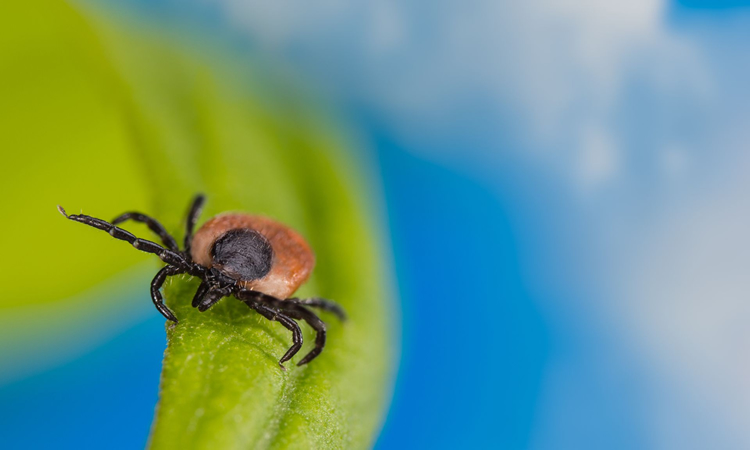
What does Lyme disease rash look like?
A Lyme disease-causing bacterium is carried in the bug bite of the deer tick here in the Chelmsford region. In most cases, a tick – usually 3 to 5 mm long – must be attached to you 36-48 hours to spread Lyme disease.

A circular, red, expanding rash (a bulls-eye rash, if you will) may be one of the first symptoms of Lyme disease. Other symptoms include fatigue, chills, fever, headache, muscle and joint aches, and swollen lymph nodes. Treatment in the early stages with antibiotics is generally effective and critical to prevent lifelong complications.
Also read: Should I put anything on a tick bite?
What are the long-term health effects of Lyme disease?
Lyme disease can cause muscle aches, mental fog, and fatigue for years or even decades. Researchers are still trying to figure out exactly how and why Lyme disease affects people in different ways and how best to treat them. But evidence that the bacteria-borne disease sometimes sticks around in a person’s body long after they’ve gone through initial antibiotic treatments appears to be mounting.
Some pretty famous people have gone on the record with their own Lyme infection experiences.
As of two years ago, several celebrities have come forward to talk about their experience battling Lyme disease. Here are eight that you most likely are familiar with.
View this post on Instagram
Amy Schumer: For this comedic actor, Lyme disease has been no laughing matter. She admitted that it’s possible she could’ve experienced Lyme symptoms for quite some time without realizing it. In an Instagram post, she said she’s taken doxycycline, an oral antibiotic, to treat the condition and she also asked others for advice.
Justin Bieber: The singer wrote on Instagram that it has been a “rough couple of years” battling the disease. He explained that, for a long time, people speculated that he was “on meth,” but failed to realize that he’d actually recently been diagnosed with Lyme disease.
Avril Lavigne: The singer went public with her Lyme battle in 2015 and is now an advocate for those with the illness. She called that the “worst time” in her life after seeing specialists and doctors who misdiagnosed her with chronic fatigue syndrome and depression.
Ben Stiller: Nine years ago, Stiller told The Hollywood Reporter about his Lyme disease saying, “I got it in Nantucket, Massachusetts, a couple of years ago. My knee became inflamed and they couldn’t figure out what it was, then they found out it was Lyme.”
Shania Twain: The renowned singer has said her battle with Lyme has impacted her career. She told Canadian news outlet CBC that she was bitten by a tick when on tour in Norfolk, Virginia. She said she saw a tick fall off her and she immediately began to see troubling Lyme disease symptoms pop up.
Kelly Osbourne: Undiagnosed for nearly a decade, her contact with the tick spread disease most likely came from a reindeer sanctuary back in England.
Alec Baldwin: The 30 Rock actor opened up about his years-long battle with Lyme in 2017. During an interview with The New York Times, he mentioned that he had chronic Lyme disease.
Kris Kristofferson: A Star Is Born singer/actor, Kristofferson experienced several misdiagnoses before being treated for Lyme. His wife, Lisa, told Rolling Stone magazine she believed he’d been bitten by a tick while filming the 2006 movie “Disappearances” in Vermont.
You can help stop the spread of Lyme disease with professional Grafton Tick Control.
With expert guidance and the latest tick bite prevention methodology, professional tick control is your best assurance against contacting the dreadful tick-spread Lyme disease.
Also read: When are ticks most active in Massachusetts?



 Having your backyard and surrounding property professionally treated with professional
Having your backyard and surrounding property professionally treated with professional 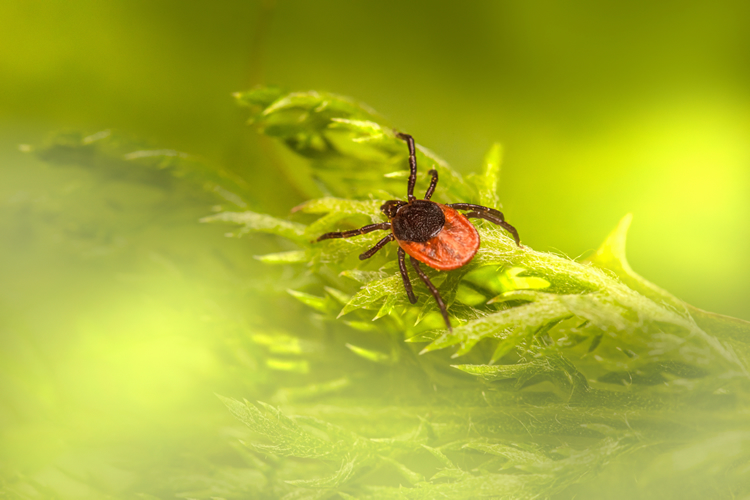
 Putting those mice to work is no Cinderella story when it comes to fighting the horrors of Lyme disease. Using tick tubes, installed by your local tick control professional around your home – especially in higher grassy areas – is part of the tick control solution. Filled with a desiccant that kills ticks, the tick tubes welcome visits by mice to snatch up the treated cotton fibers inside to build their nests. And when the ticks hop on the mice for easy transport – voila – they’re toast. Dead and gone.
Putting those mice to work is no Cinderella story when it comes to fighting the horrors of Lyme disease. Using tick tubes, installed by your local tick control professional around your home – especially in higher grassy areas – is part of the tick control solution. Filled with a desiccant that kills ticks, the tick tubes welcome visits by mice to snatch up the treated cotton fibers inside to build their nests. And when the ticks hop on the mice for easy transport – voila – they’re toast. Dead and gone.
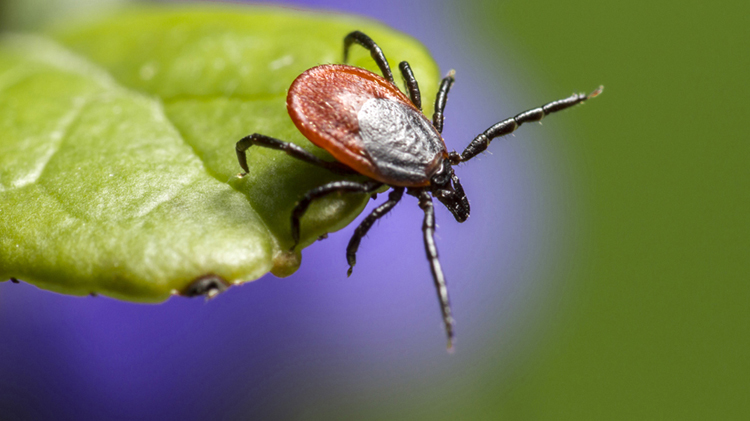
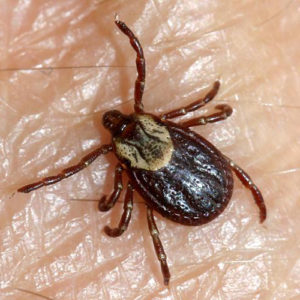

 As with COVID-19, we must take preventive measures in order to lower our chances of contracting Lyme disease. Unlike COVID-19, there is no Lyme vaccine for humans. Our prevention methods rely on tick bite prevention. The most important elements of prevention are personal tick protection and professional
As with COVID-19, we must take preventive measures in order to lower our chances of contracting Lyme disease. Unlike COVID-19, there is no Lyme vaccine for humans. Our prevention methods rely on tick bite prevention. The most important elements of prevention are personal tick protection and professional 
 Due to warmer winters in Massachusetts, ticks can and do quest even during the winter months. It is possible to be bitten by a tick in the fall and winter, and we should be concerned with ample protection during those months. Fortunately, reputable tick control professionals offer ‘out-of-season‘ methods of tick protection by way of
Due to warmer winters in Massachusetts, ticks can and do quest even during the winter months. It is possible to be bitten by a tick in the fall and winter, and we should be concerned with ample protection during those months. Fortunately, reputable tick control professionals offer ‘out-of-season‘ methods of tick protection by way of 
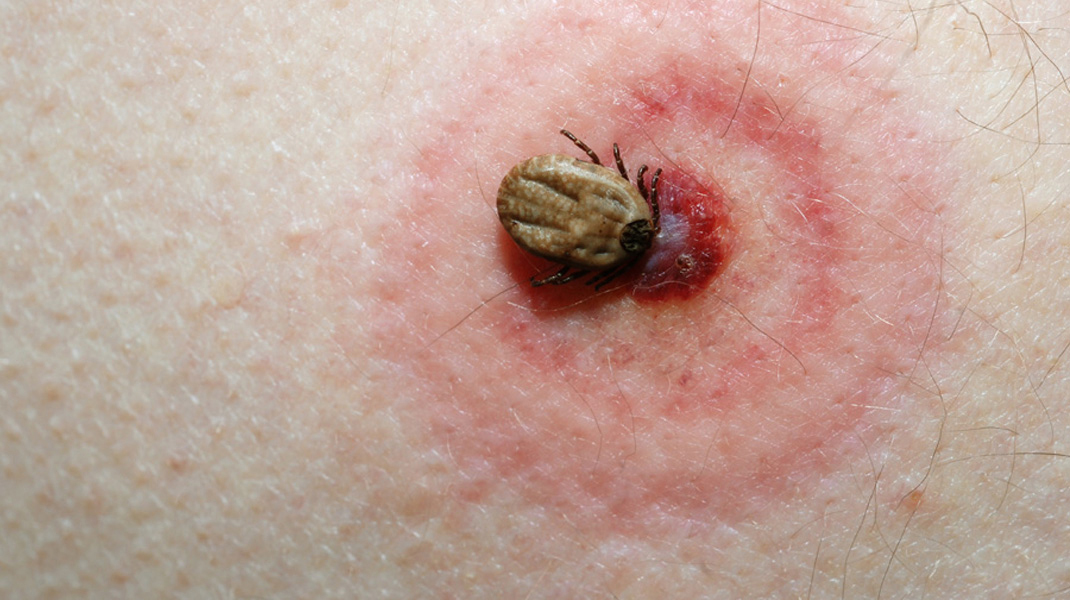
 Until we have a safe and surefire method of
Until we have a safe and surefire method of 
 Due to the seriousness of tick-born diseases, such as
Due to the seriousness of tick-born diseases, such as